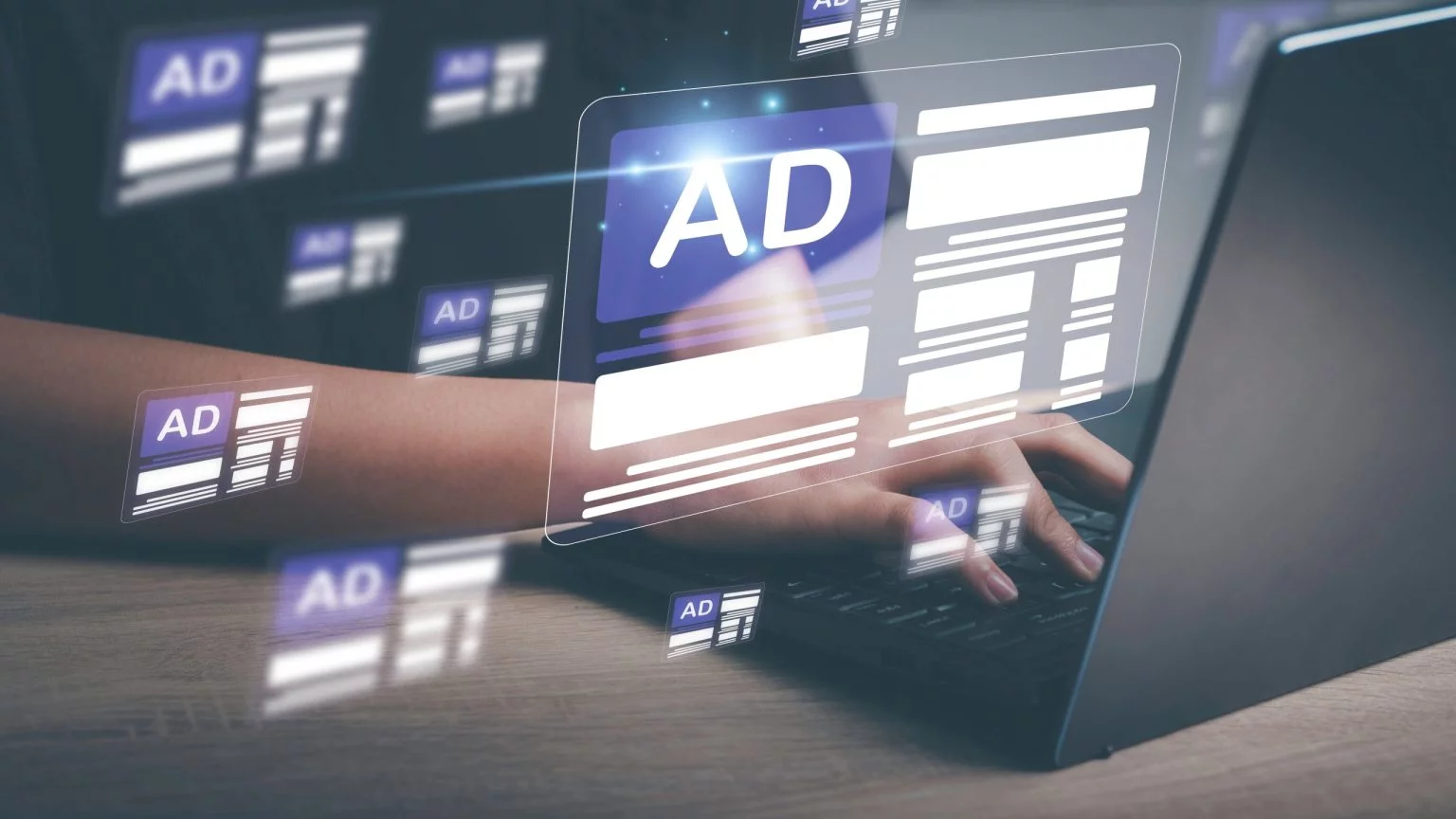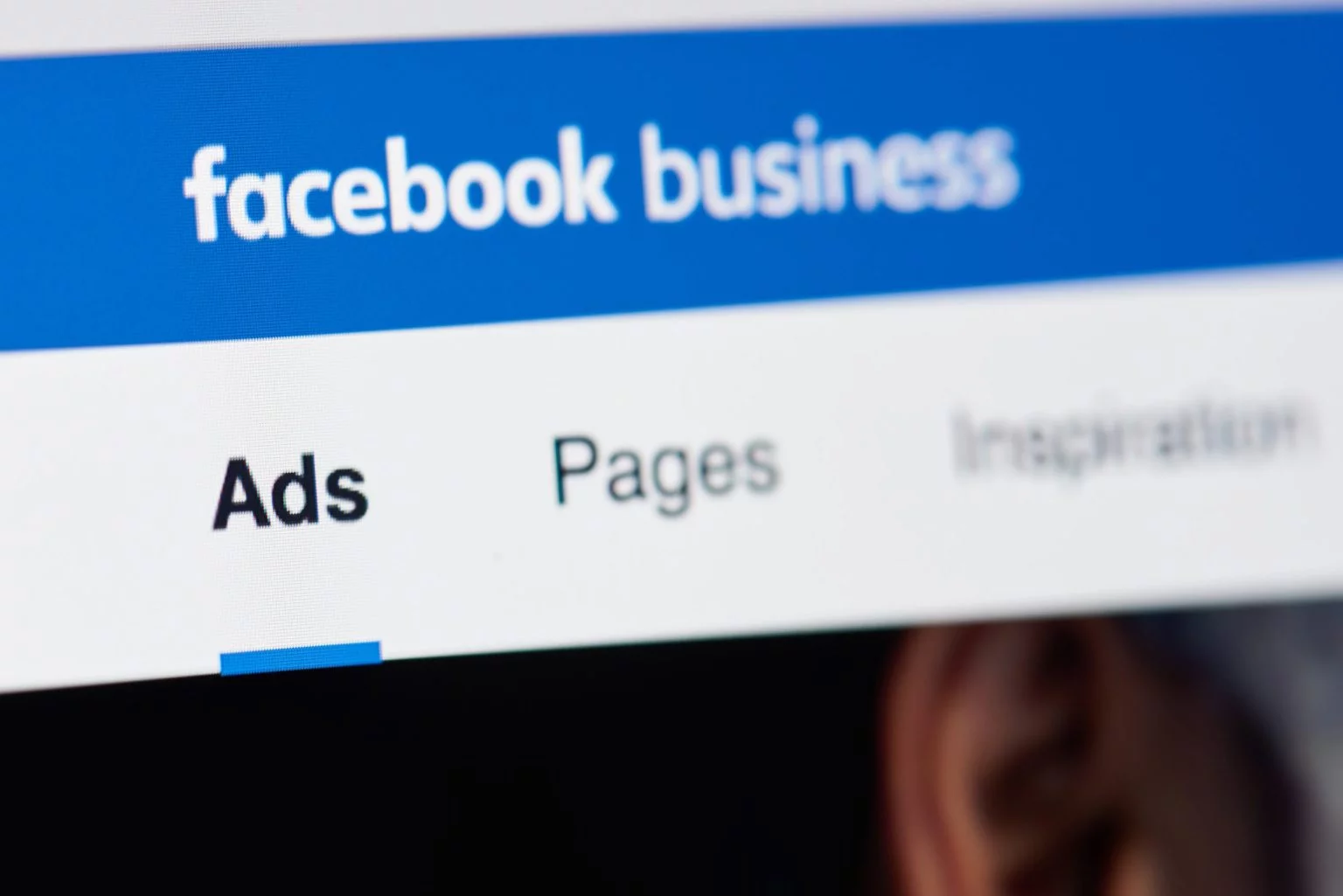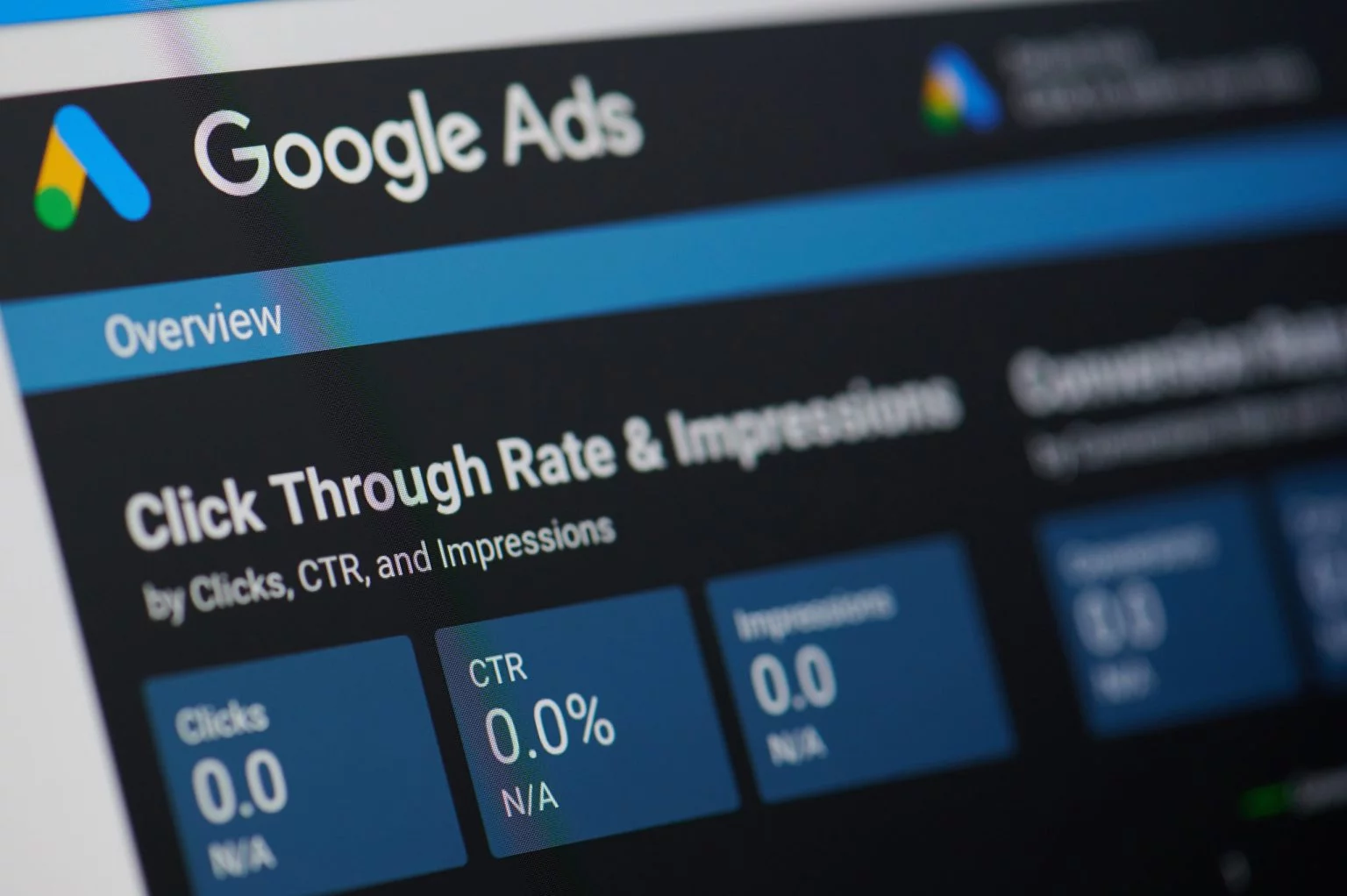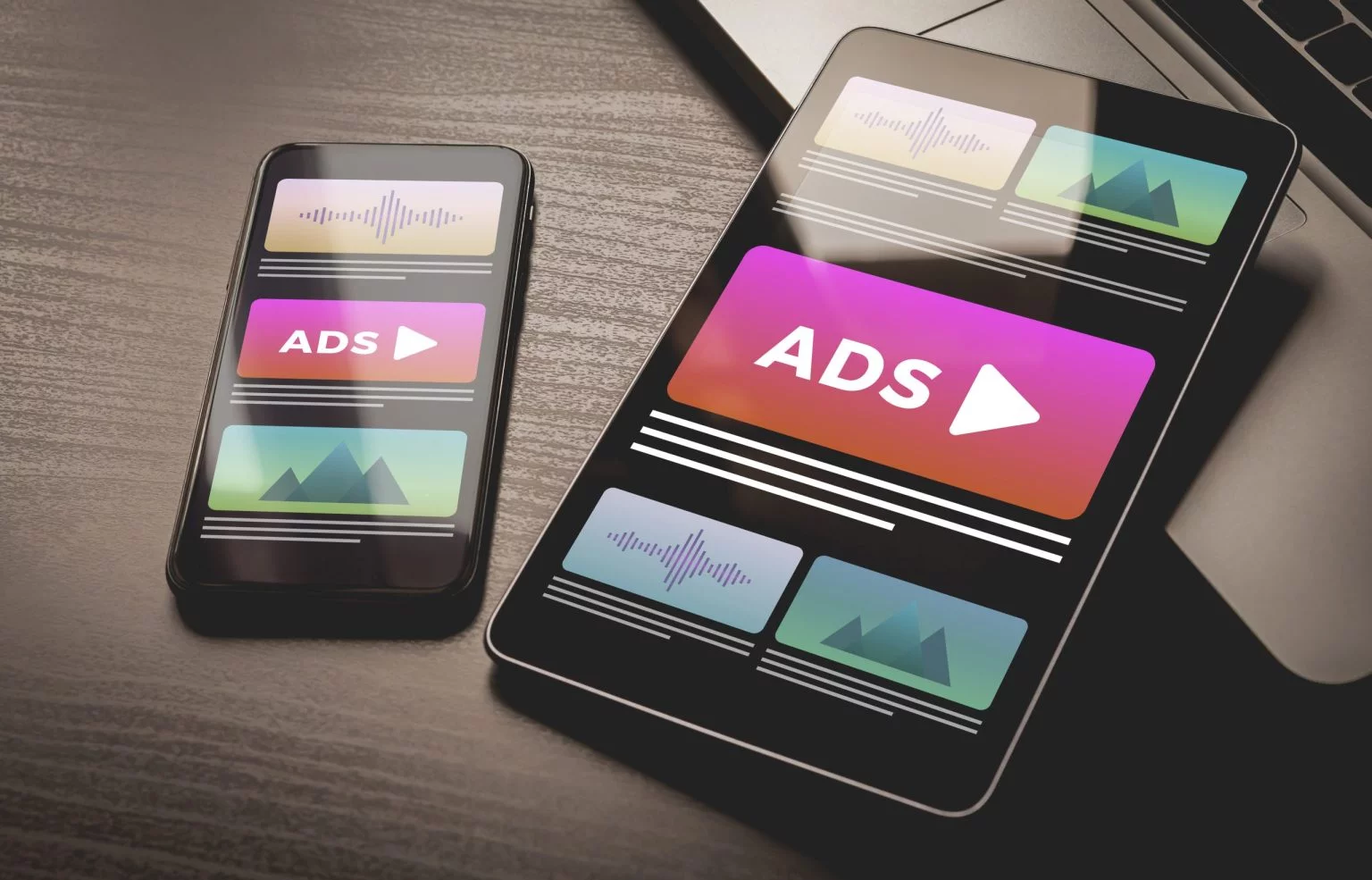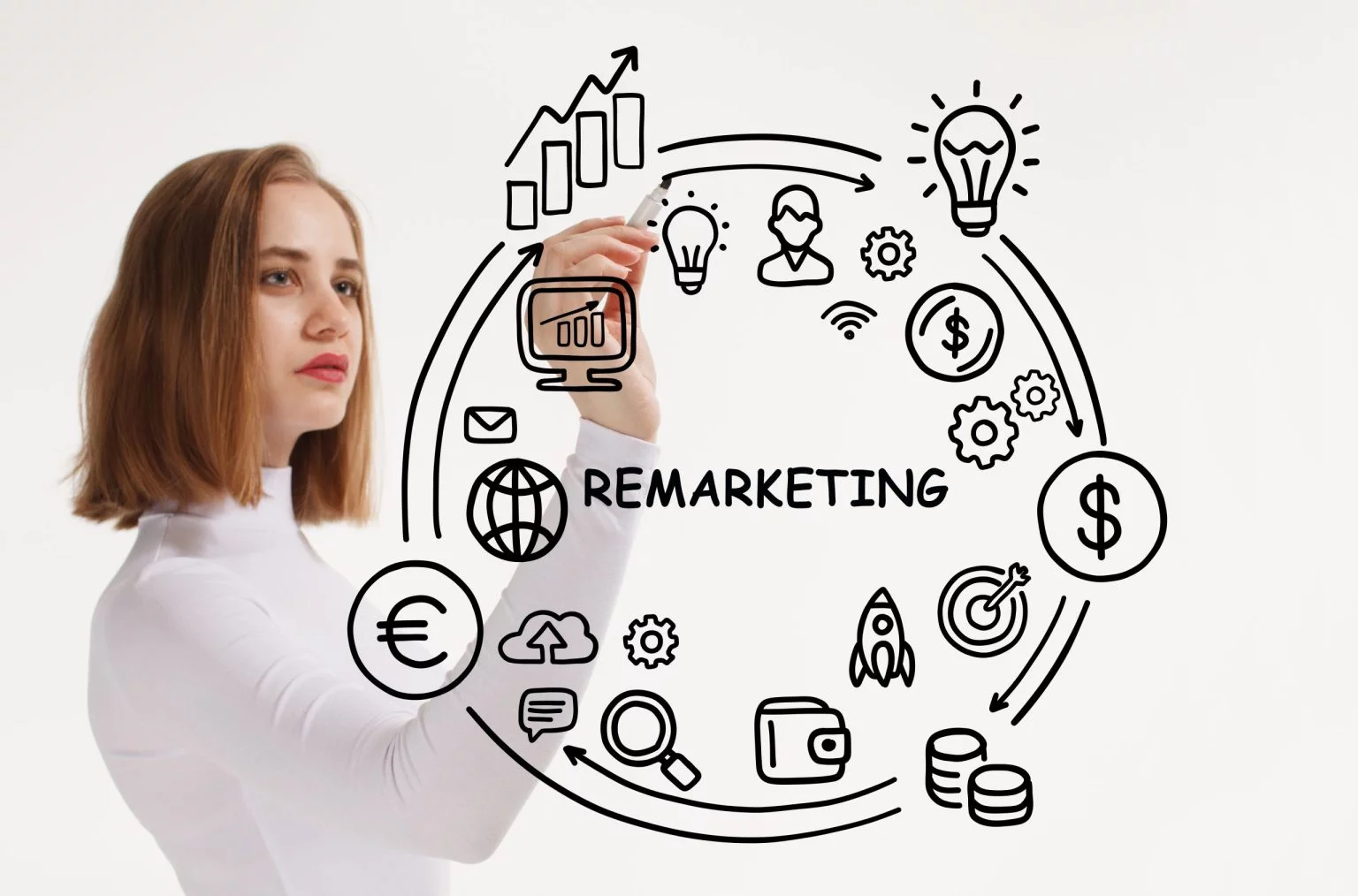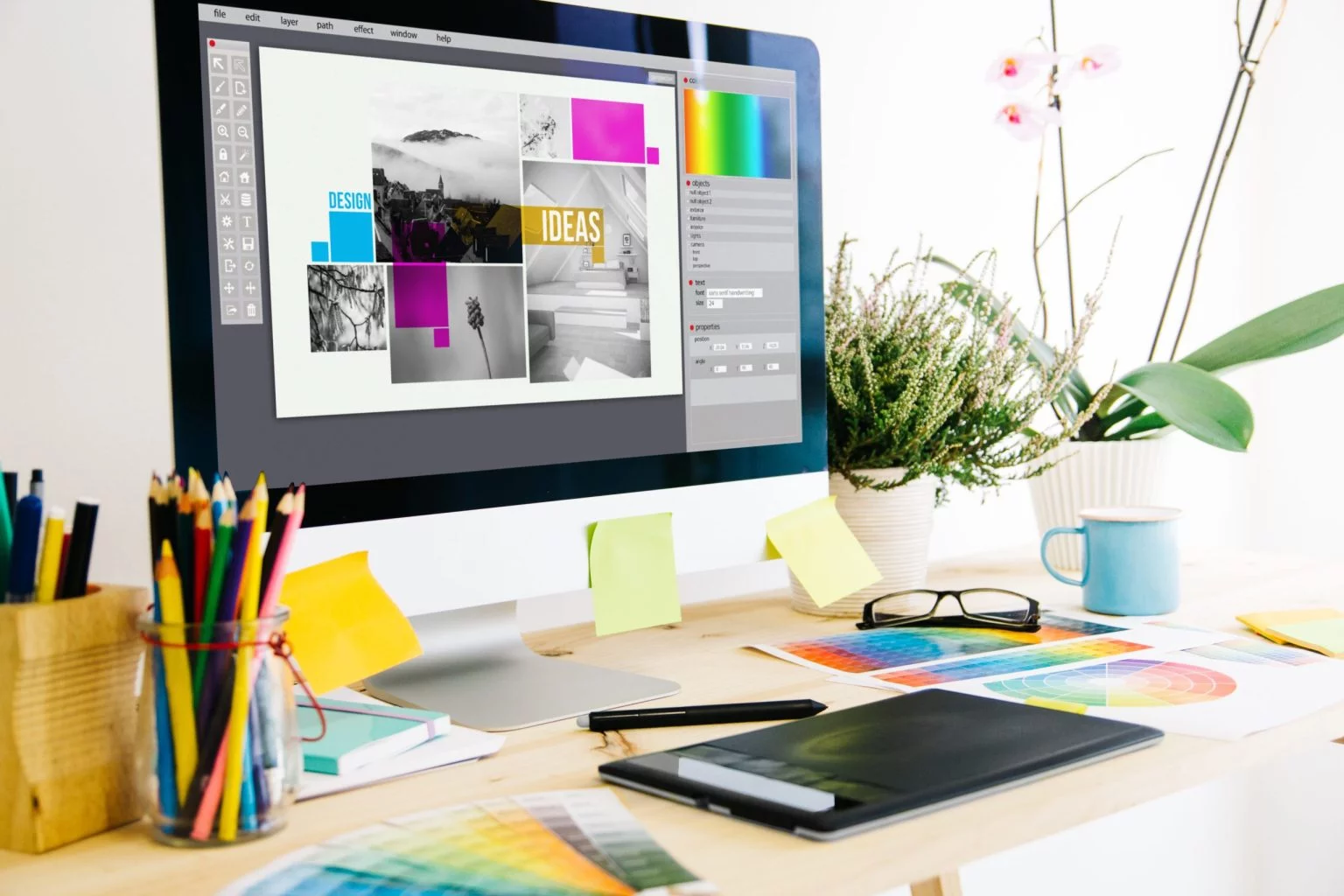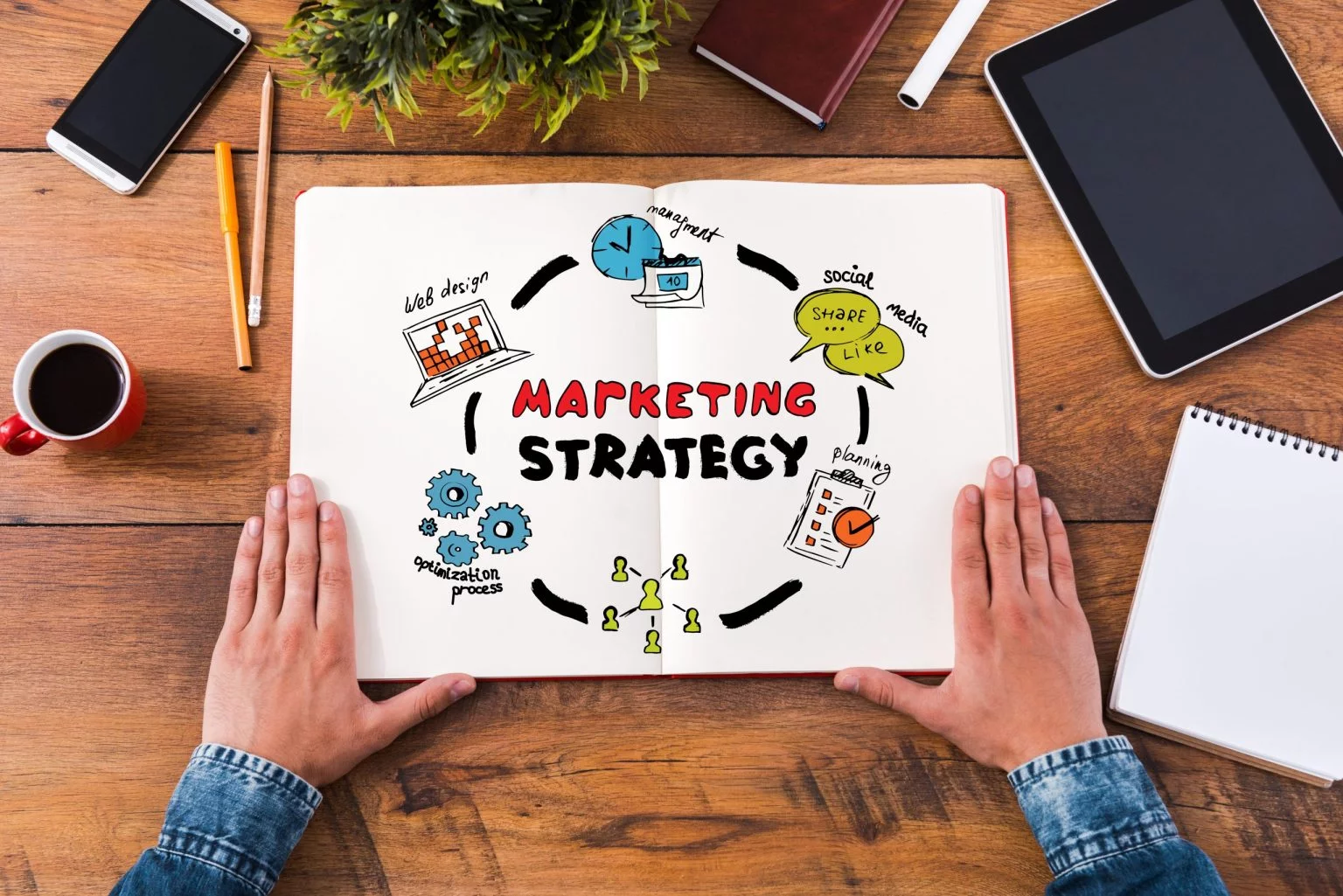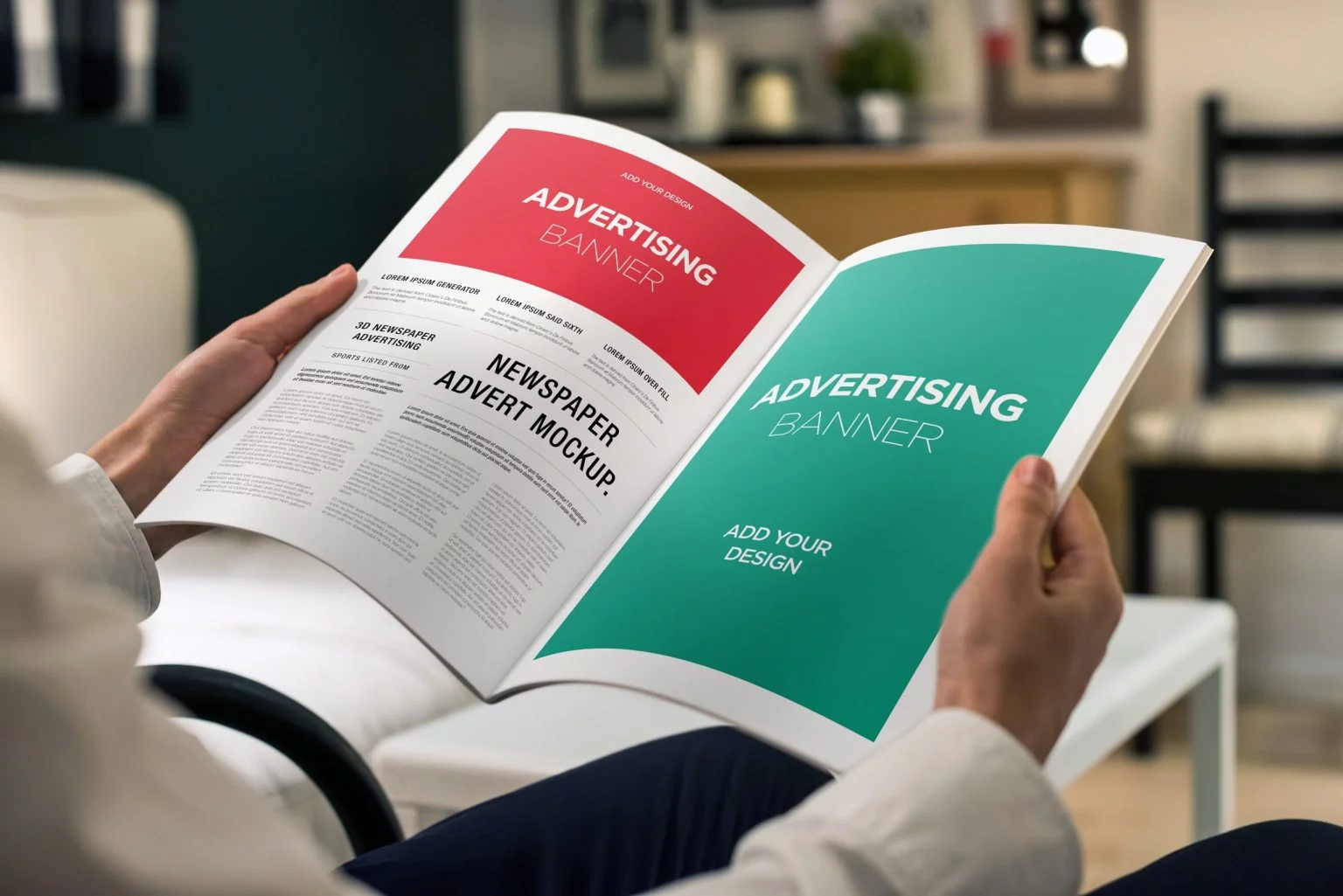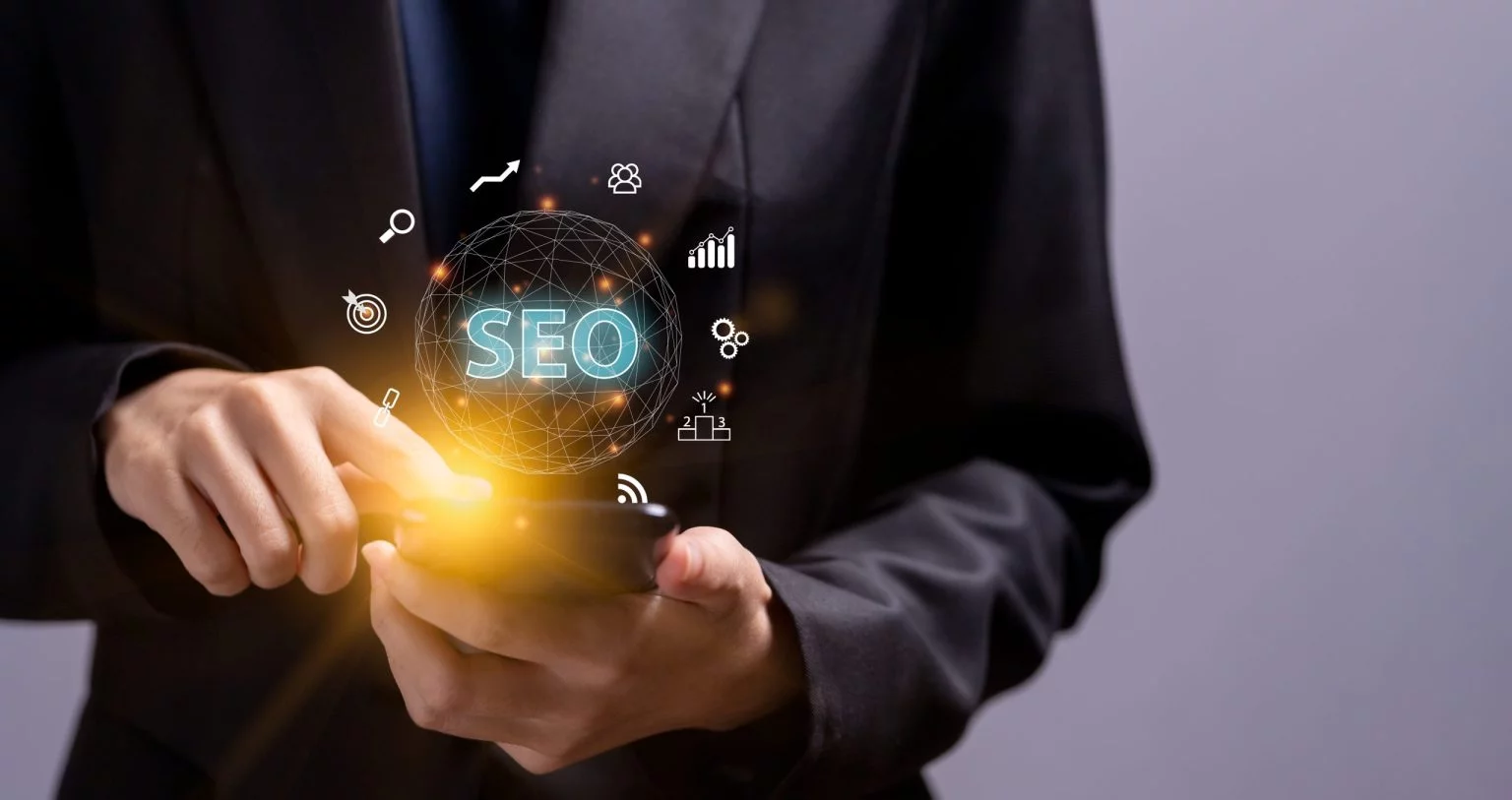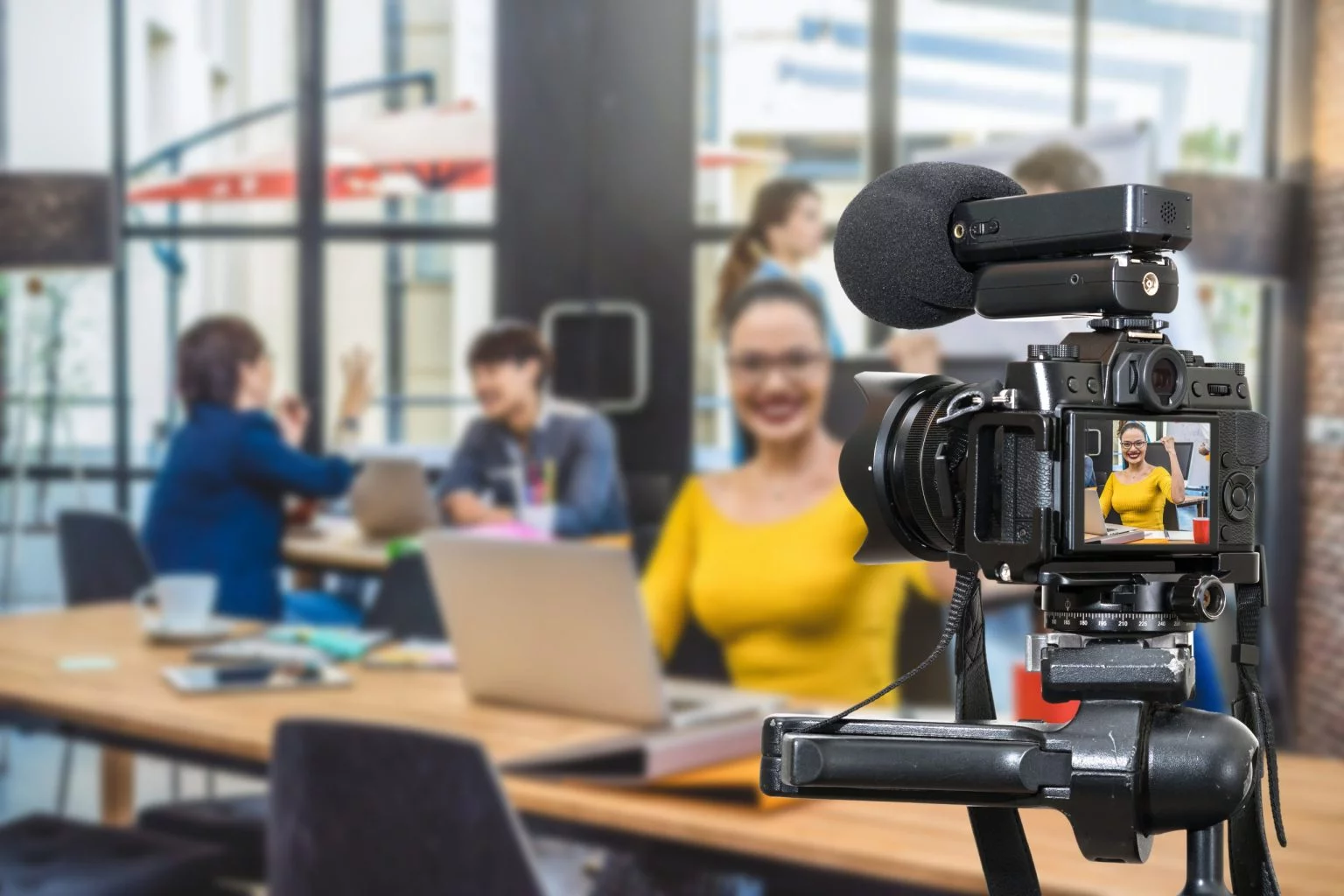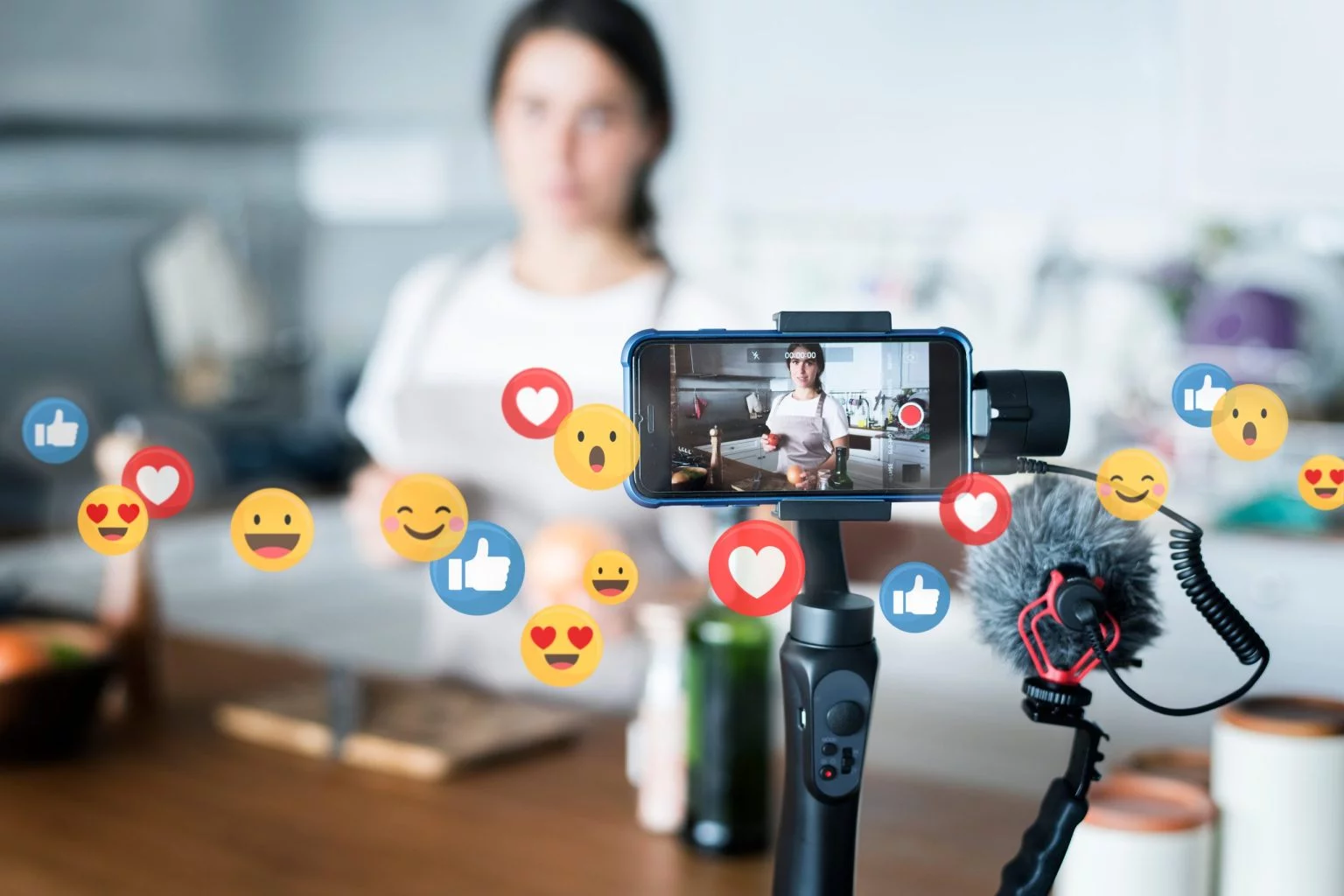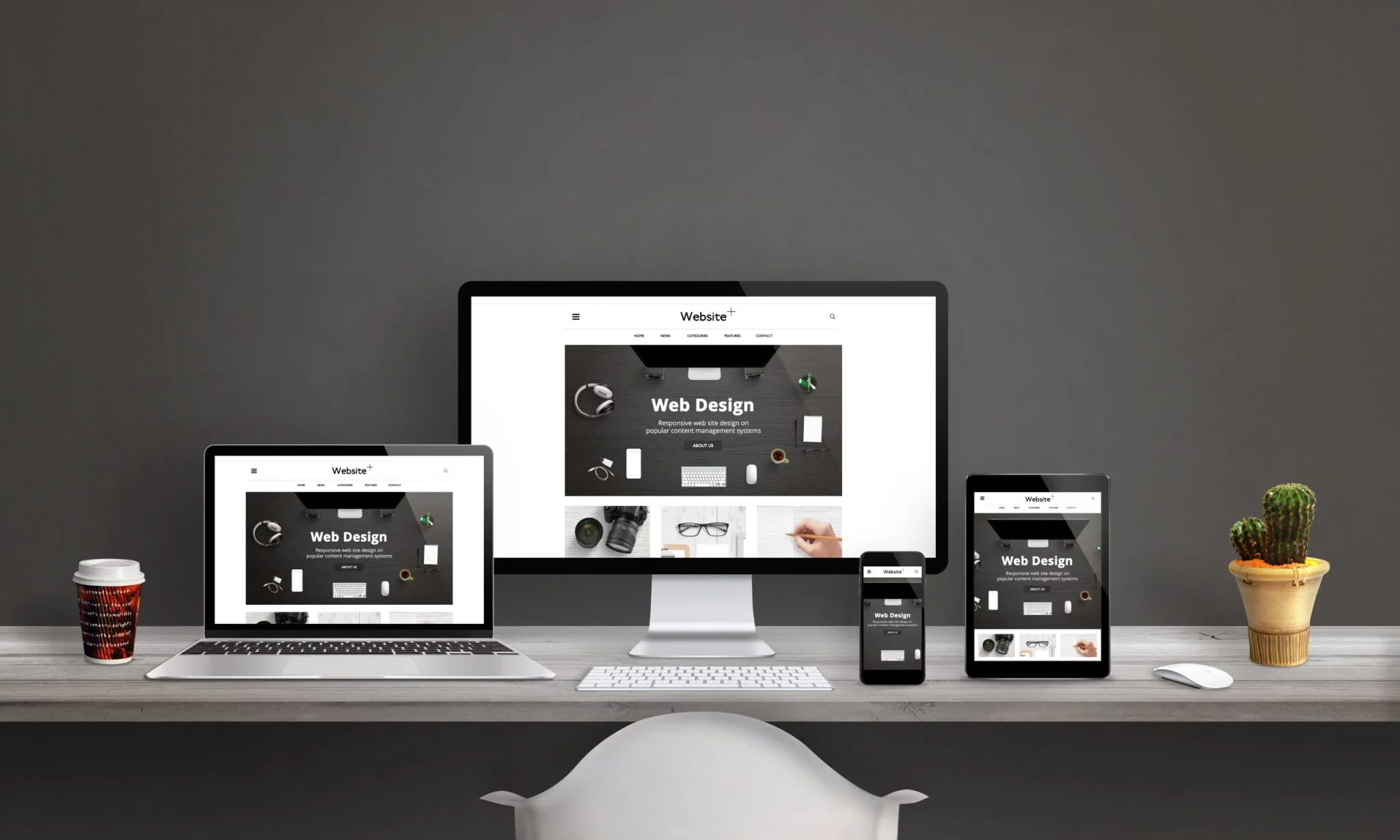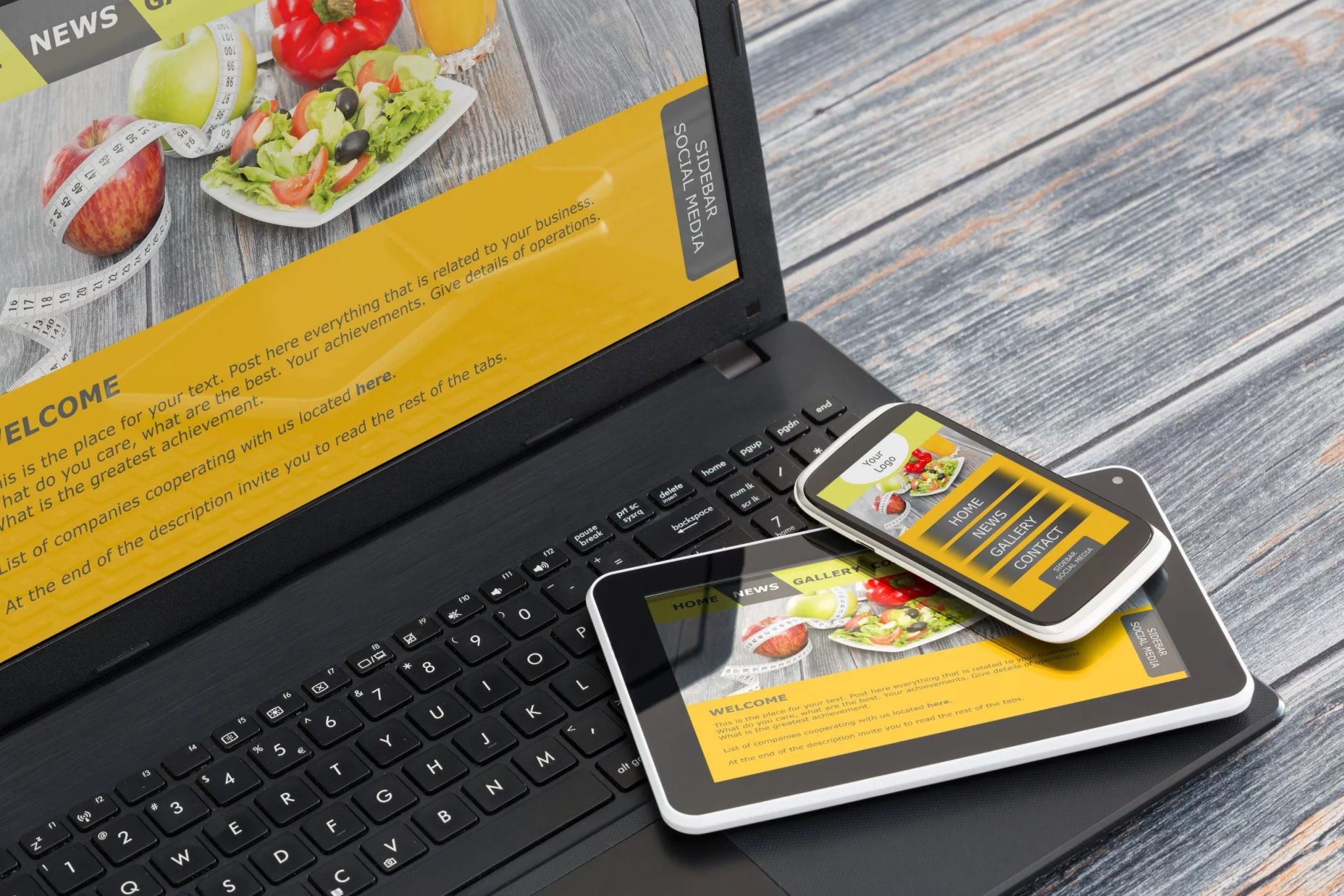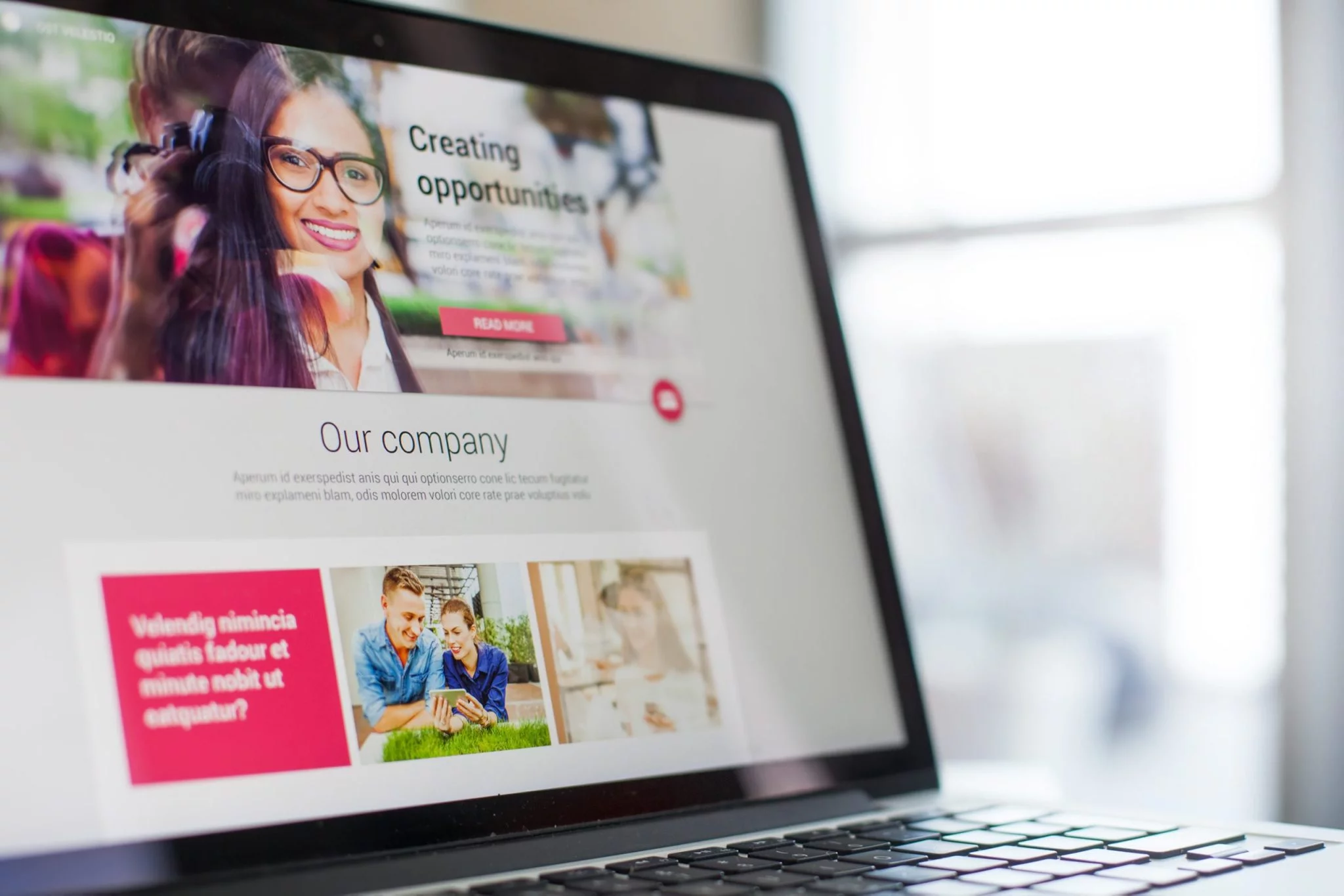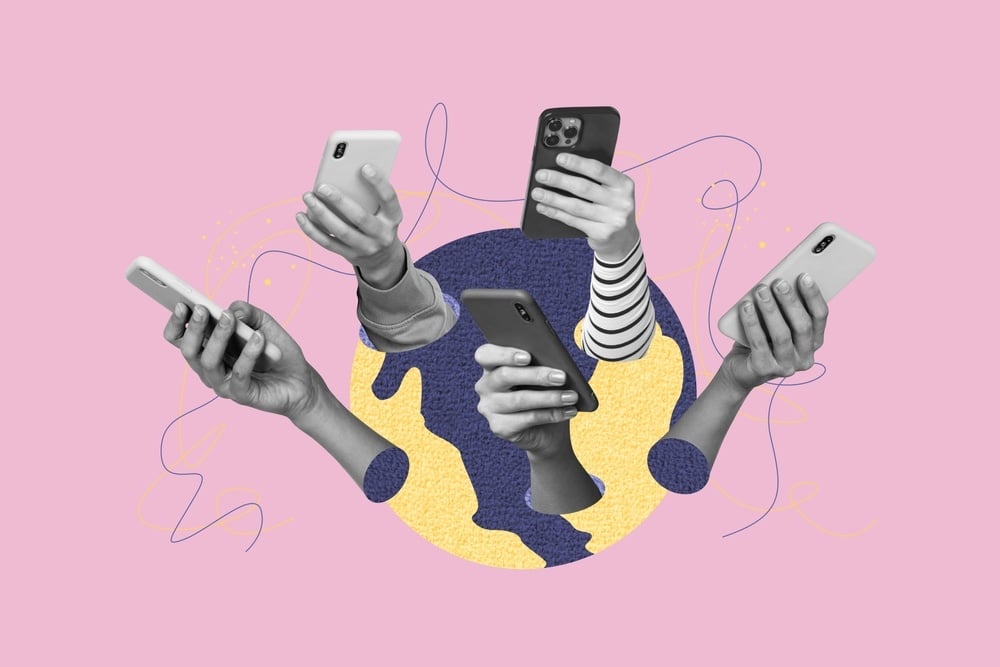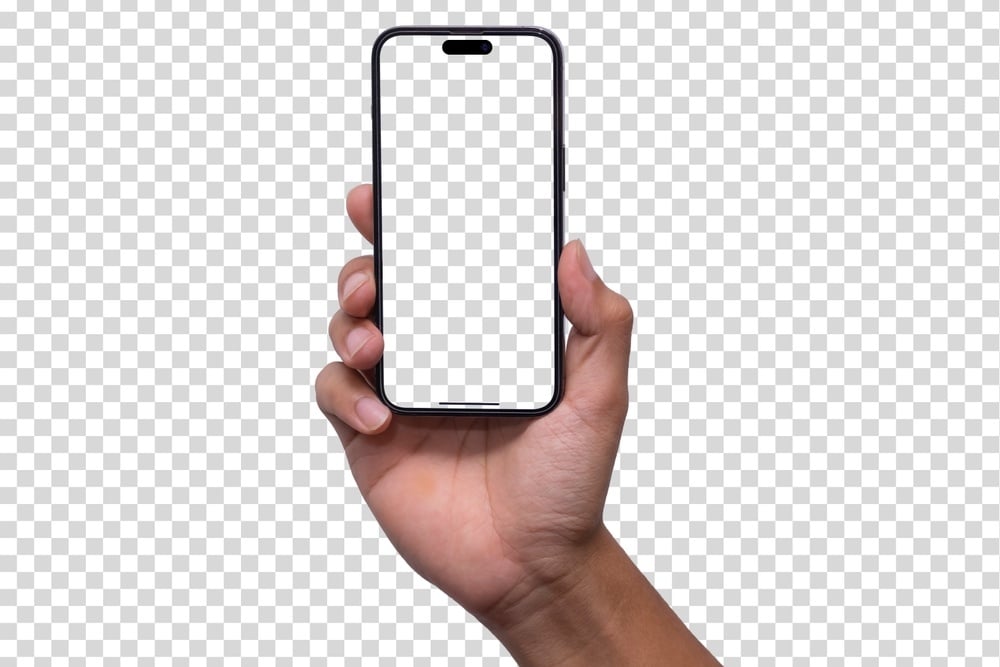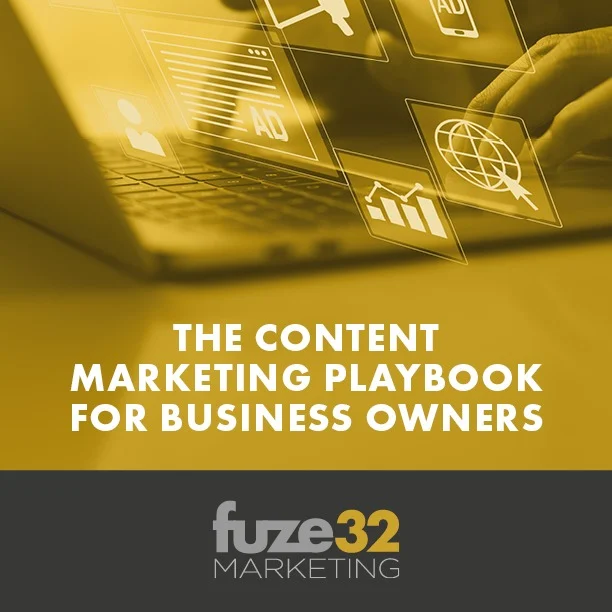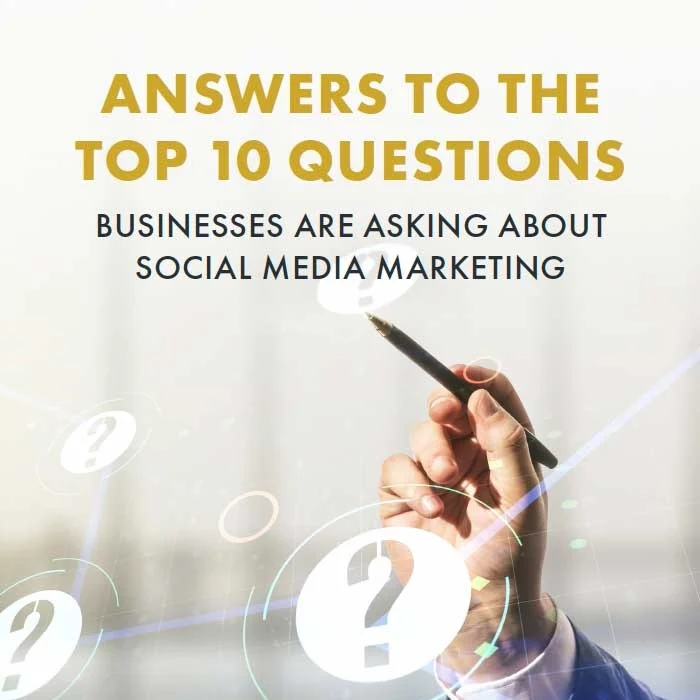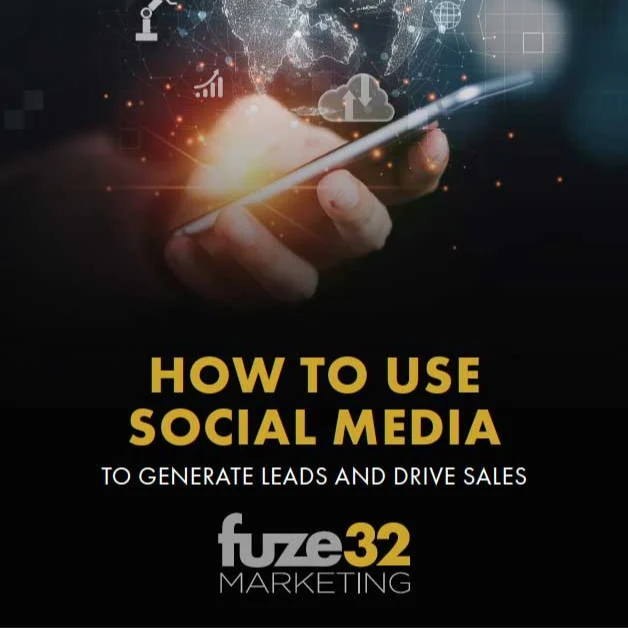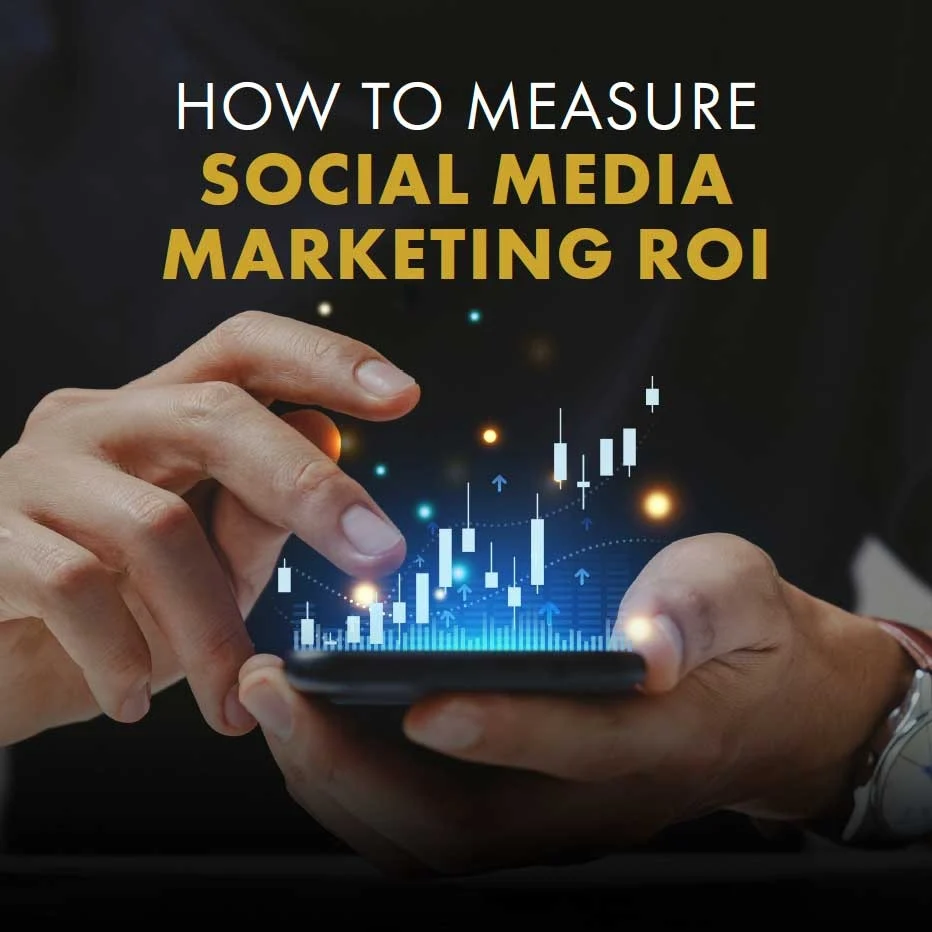
Revenue’s up, Instagram ads are bringing people in, and your “Perfect Store” is thriving! Sounds great, right? But here’s the kicker - what if I told you there’s a $490 billion market you’re probably missing? And no, it’s not a niche product or the next viral TikTok trend. It’s a huge group of people who want to buy from your store, but can’t.
Hang tight, because we’re about to uncover why your online store might actually be a villain in someone else’s shopping story. Spoiler alert - the hero of this story could (and should) be you.
Meet the Customers You’re Accidentally Ignoring
Imagine this. Sarah, 34, loves online shopping and makes $75K a year. She’s trying to snag your bestselling jacket but keeps running into roadblocks with her screen reader. Your site reads as "button button link button," and the frustrated sighs before she heads to your competitor's store? Hear those? That's your money walking away.
Or meet Mike, who has arthritis and struggles with your tiny size buttons on his mobile. His wallet (which was this close to coming out) now stays put because he can’t click through the size selector.
Here’s the real talk - Sarah, Mike, and roughly 26% of U.S. adults living with disabilities aren’t asking for charity. They want to spend their money. The only question is, will they spend it with you, or the competitor who made their buying experience seamless?
Is Your Store Building Barriers Instead of Bridges?
Most businesses never think their site is accessibility-unfriendly until they try navigating it like a customer with disabilities. Chances are, your store isn’t immune. Here are some common pitfalls you might not even realize exist:
Confusing Buttons That Ghost Customers
That sleek “Add” button with a shopping cart? A screen reader calls it the cryptic “Add button.” Add what? To where? I mean, it’s not like they can visually guess what’s happening.
Quick Fix: Be specific. “Add Navy Bomber Jacket, Size Large to Cart.” Boom. Clarity wins every time.
Search Bars That Play Hard to Get
Your dreamy minimalist search bar with just a magnifying glass icon? Great for aesthetics, awful for usability. Without assistive text, users relying on screen readers find themselves lost in a game of hide-and-seek.
Quick Fix: Add proper placeholder labels that don’t vanish when people type.
Size Charts… or an Escape Room?
Popup size charts may seem practical, but for screen readers, they’re virtual chaos. Customers feel trapped in a “Size Chart Purgatory” without a clear path back.
Quick Fix: Put size details right on the product page. “Medium fits chest sizes 38–40 inches.” Easy peasy.
Accessibility Isn’t Just Kindness, It’s Smart Business
Let's get down to brass tacks. Accessibility isn’t just a nice-to-have feature; it’s transformational for your business.
Accessibility Simplifies Decision-Making for Everyone
Good design improves the experience for all customers, not just those with disabilities. When UK retailer ASOS made accessibility improvements, they saw a 25% surge in completed purchases from users with disabilities. And here’s the kicker - overall conversions also jumped 18%.
Making your site accessible doesn’t just help Sarah or Mike. It helps your caffeine-deprived, multi-tasking customers who just need a faster, easier way to check out.
Check out Drama Kills Profits
Your sleek checkout process might look great on desktop, but does it promise 100% usability? An unlabeled “Place Order” button or unclear fields can send someone from “almost loyal customer” to “annoyed abandoner” in less than 2 minutes.
Quick Fix: Label everything. Consistently. “Email for order confirmation,” “Billing Address Line 1,” or “Expiration Date (MM/YY).”
By ironing out these kinks, you’re not only improving UX for those with accessibility hurdles but also fixing bottlenecks that cost thousands of dollars monthly.
Mobile Shopping… or Impediment Course?
With 78% of purchases happening on mobile, optimizing for mobile shoppers is non-negotiable. Yet, most mobile e-commerce designs fail accessibility tests spectacularly:
- Gesture-based swiping? Nightmare for users relying on keyboards or assistive tools.
- Tiny buttons or tap zones? Forget it. Arthritis or motor disabilities turn clicks into impossible tasks.
- Auto-advancing product images? Motion sickness galore.
Pro Tip: Your site should work beautifully for anyone using only a keyboard or assistive navigation. Anything less is leaving money on the table.
Voice Commerce is Booming. Are You Keeping Up?
Voice shopping is the latest gold rush, with 31% of U.S. adults now buying via voice assistants. But here’s the deal - bad naming conventions like “SKU-57238” or “Red Shirt Med” clash with SEO AND voice usability.
Quick Fix: Use descriptive names like “Men’s Slim Fit Red T-Shirt, Medium” instead. Alexa (and your customers) will thank you.
Five Minutes to Test Your Accessibility Like a Pro
Not sure where to start? Run these quick tests:
- Tab through your site using only your keyboard. Can you complete checkout?
- Turn off all CSS and images. Does your store still make sense?
- Zoom in to 200%. Is the experience still functional for low-vision users?
- Mute your sound. Did critical videos rely on audio instructions?
- Try navigating while distracted. Accessibility improvements reduce cognitive load for everyone.
Competitors Are Already Making Accessibility Their Weapon
Brands like Zappos have mastered accessibility, from detailed product descriptions for screen readers to keyboard-friendly navigation. Guess what? They’re winning. Accessibility isn’t charity; it’s a competitive edge. The longer you wait, the stronger your competitors become.
Accessibility Equals Profitability
Still skeptical about ROI? Look at this quick budget breakdown:
- 100,000 visitors/month
- 26% have disabilities (26,000 users)
- Average order value of $75
- If just 5% more convert post-accessibility improvements, you’re looking at an additional $97,500 per month.
See? It’s not good karma. It’s good business.
Actionable Steps to Become Accessibility-Friendly
You don’t have to fix everything overnight. Here’s a timeline:
- Month 1: Audit and fix glaring issues (alt text, buttons, form labels).
- Month 2: Improve product pages (descriptions, size guides, mobile usability).
- Month 3: Revamp checkout for maximum accessibility.
Install ongoing usability checks to ensure every feature meets accessibility standards before launching. That caffeinated squirrel? Goodbye. Smooth and reliable user experiences? Hello.
Build Better Bridges, Not Barriers
Web accessibility isn’t just about compliance (although yes, skip lawsuits). It’s about connecting with customers on their terms. Stop excluding people who want to spend their money. Start turning barriers into bridges and enjoy the loyalty and increased revenue that comes with being the good guy.
What’s next? Start by running a quick audit of your site today. You’re one “accessible store” away from transforming your business. Your customers (and your wallet) will thank you.


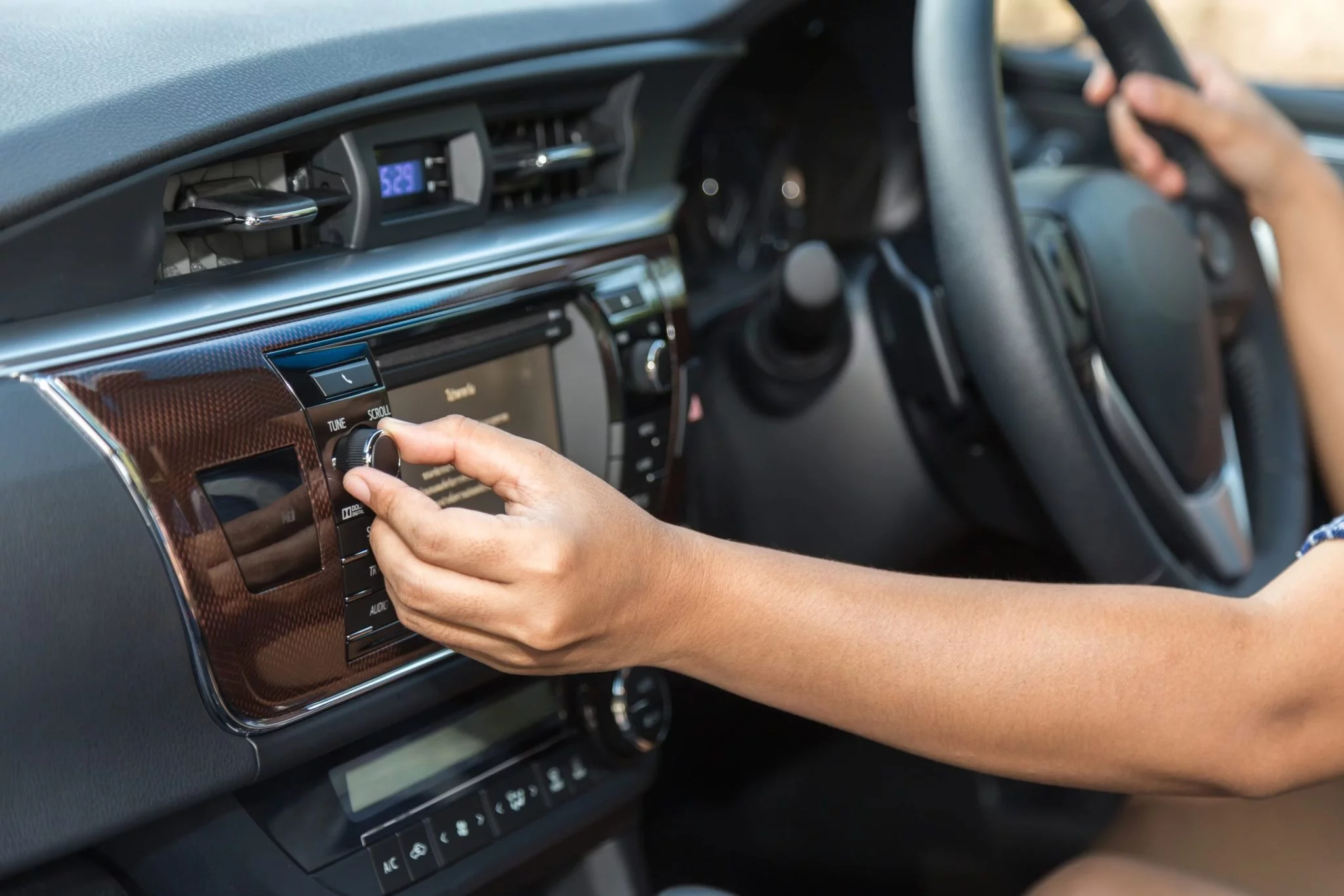
.webp)




